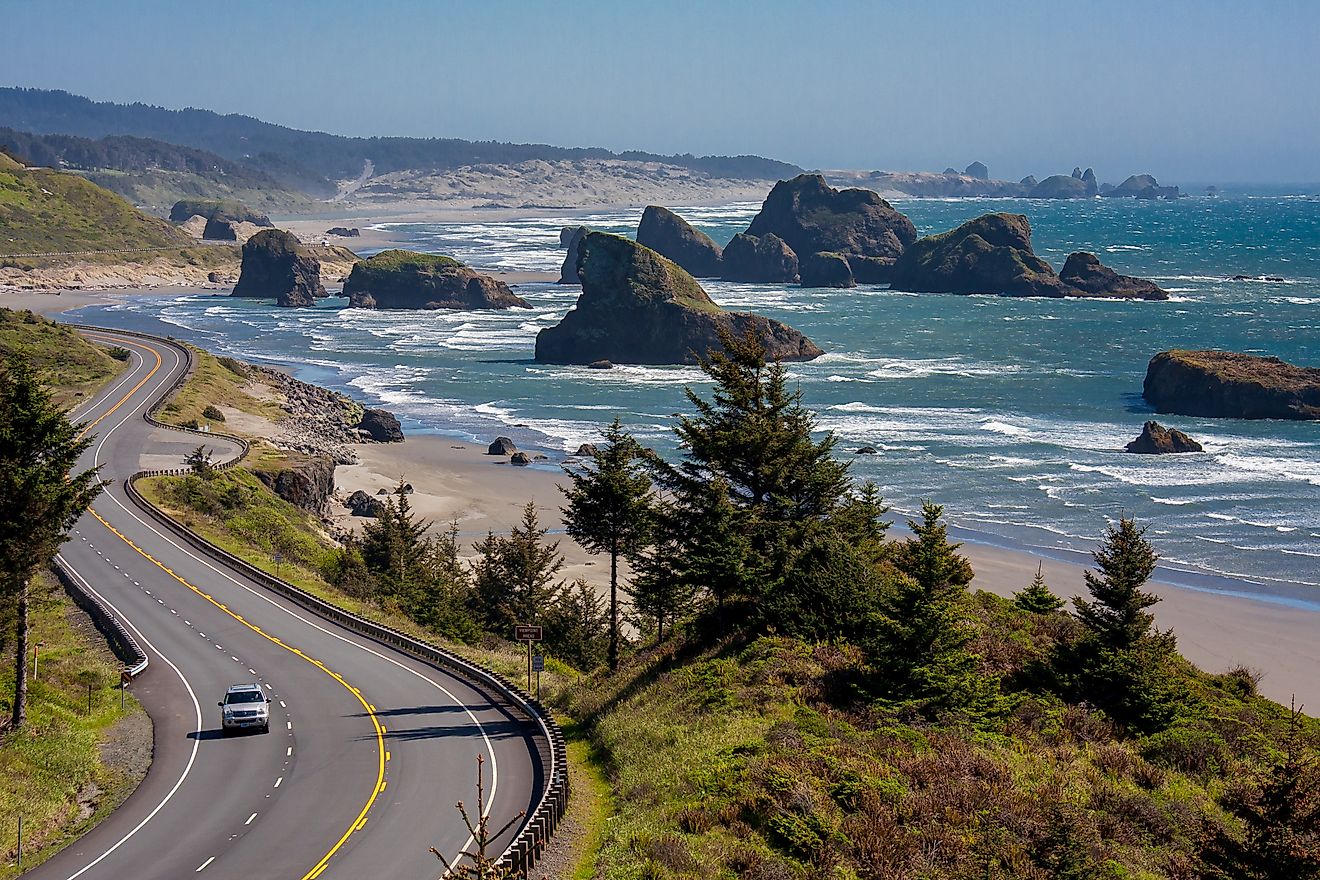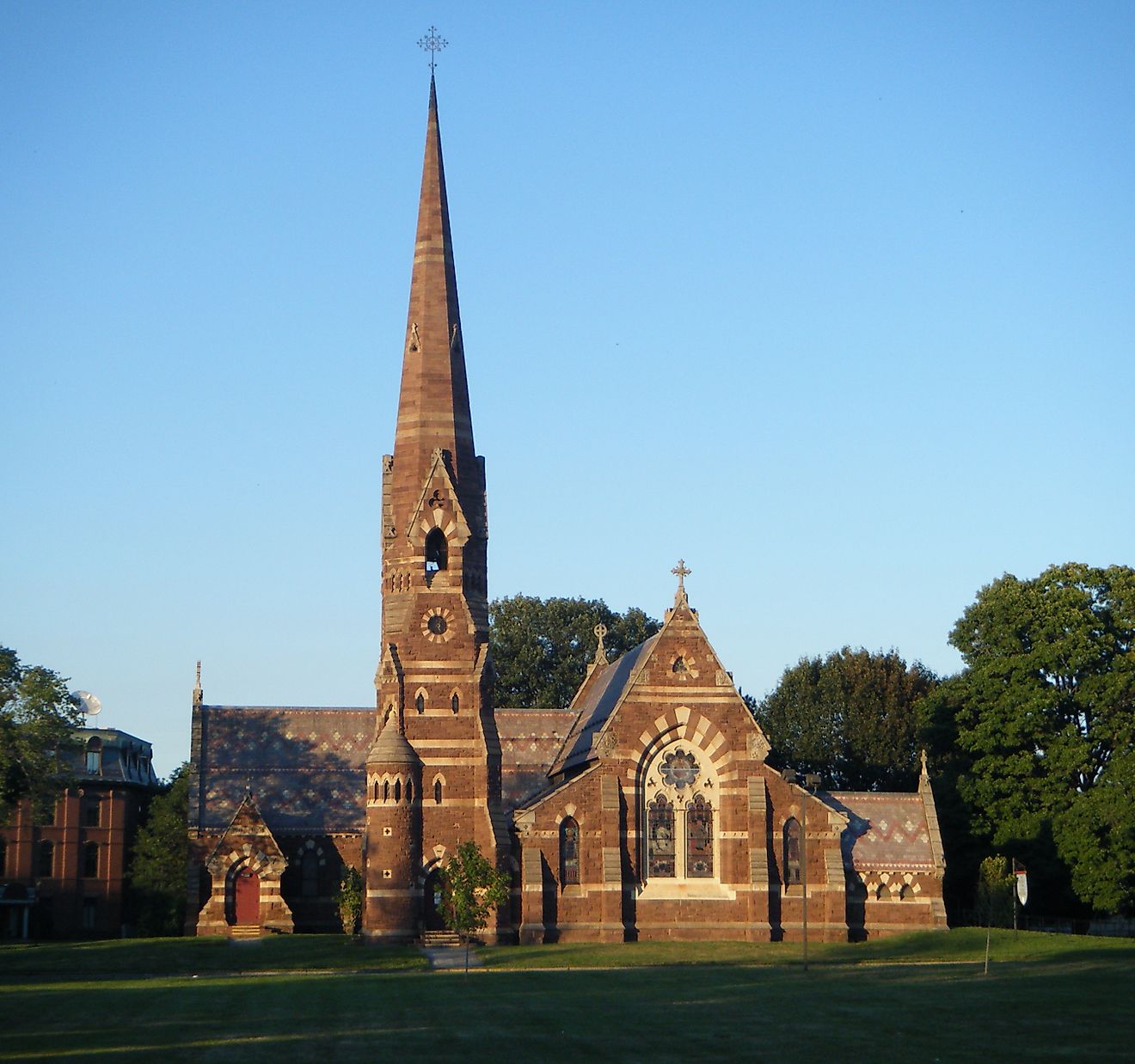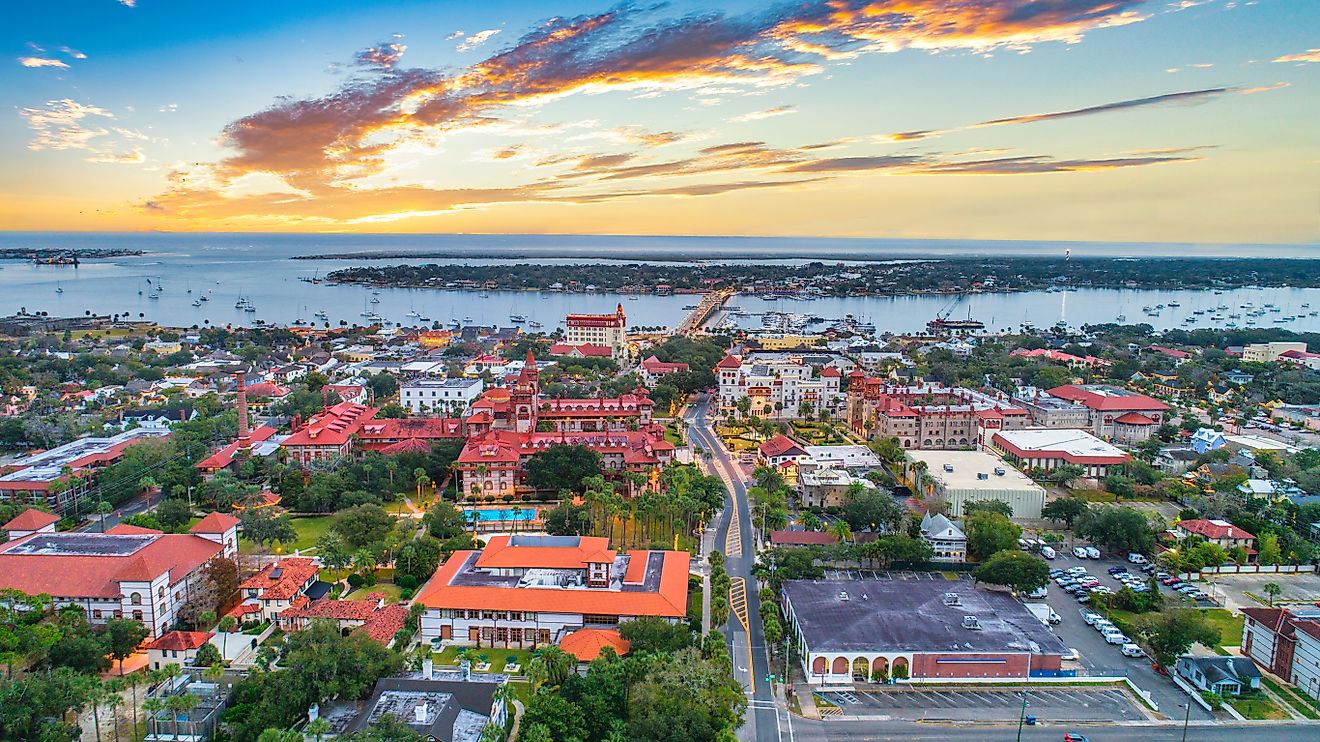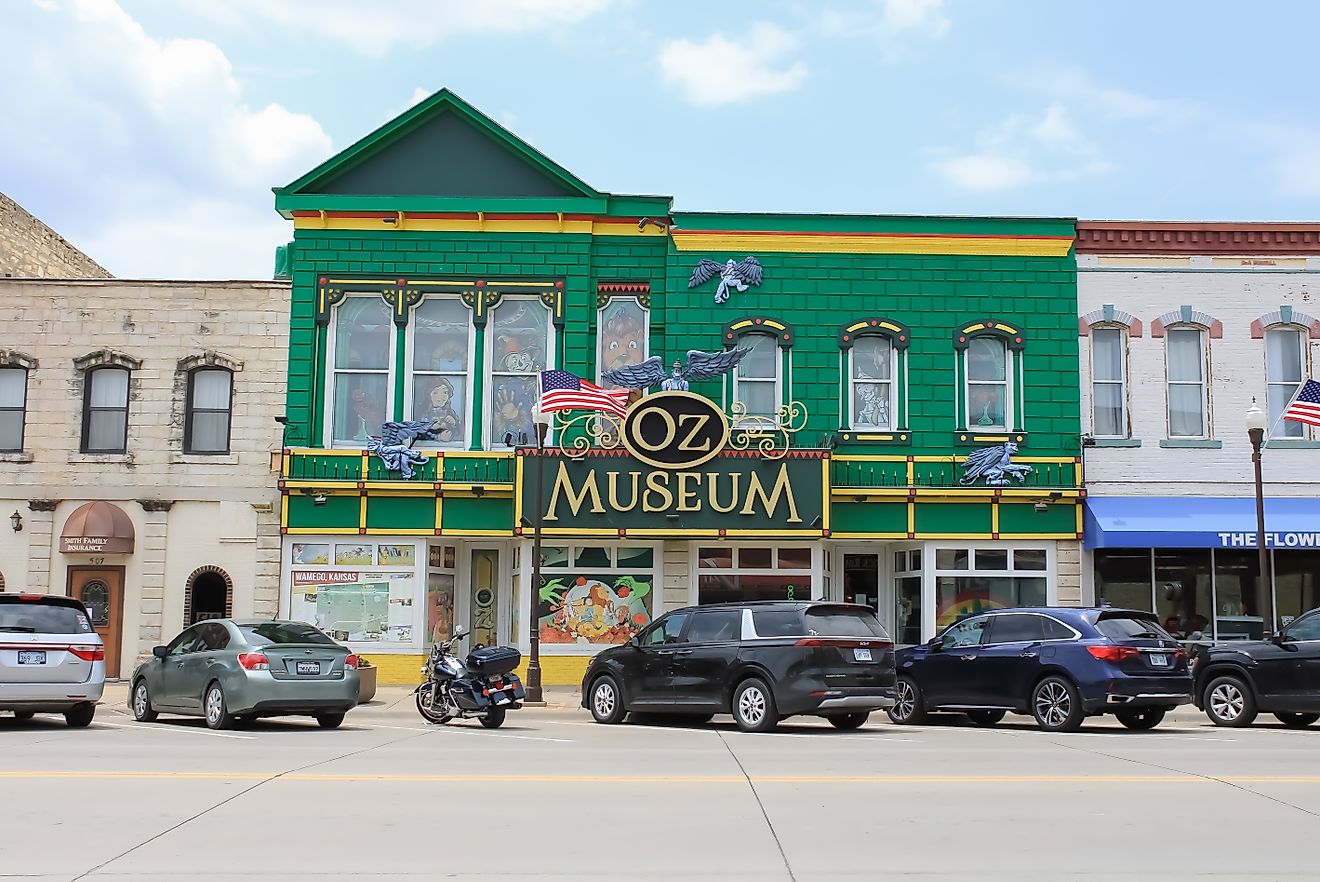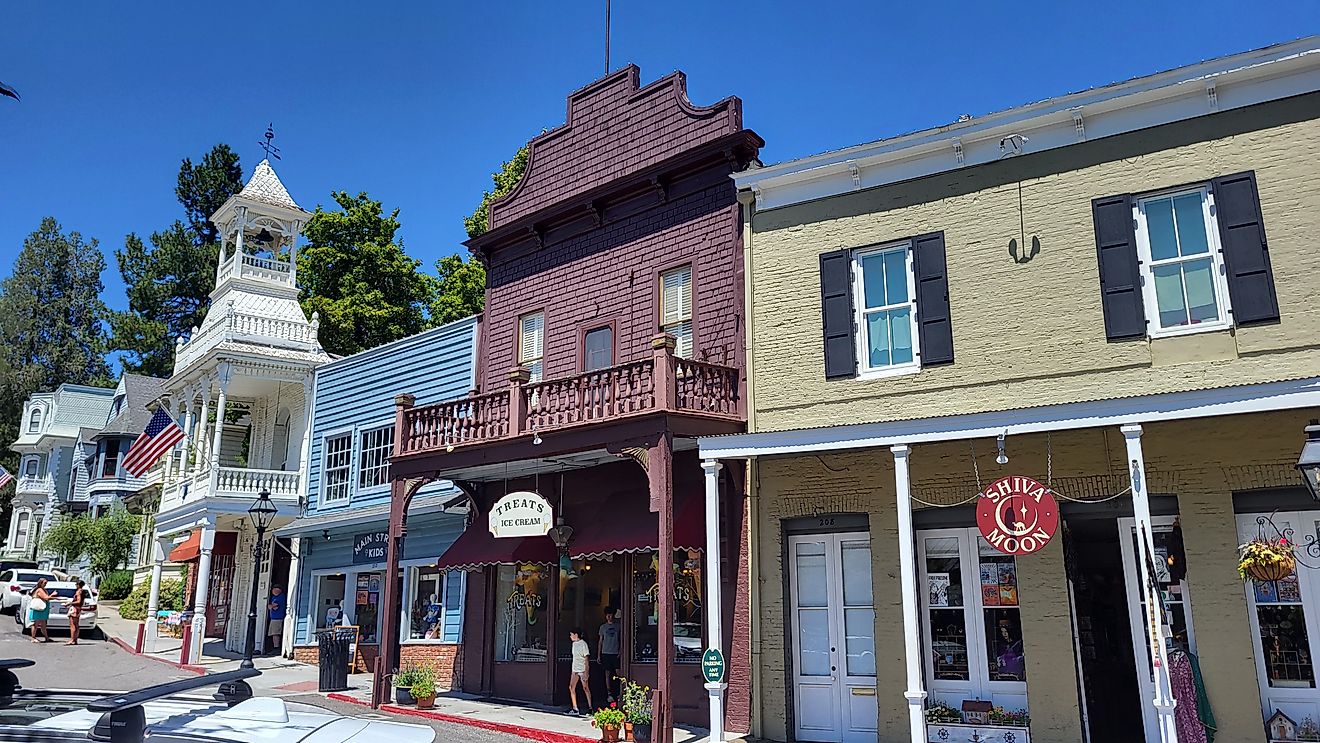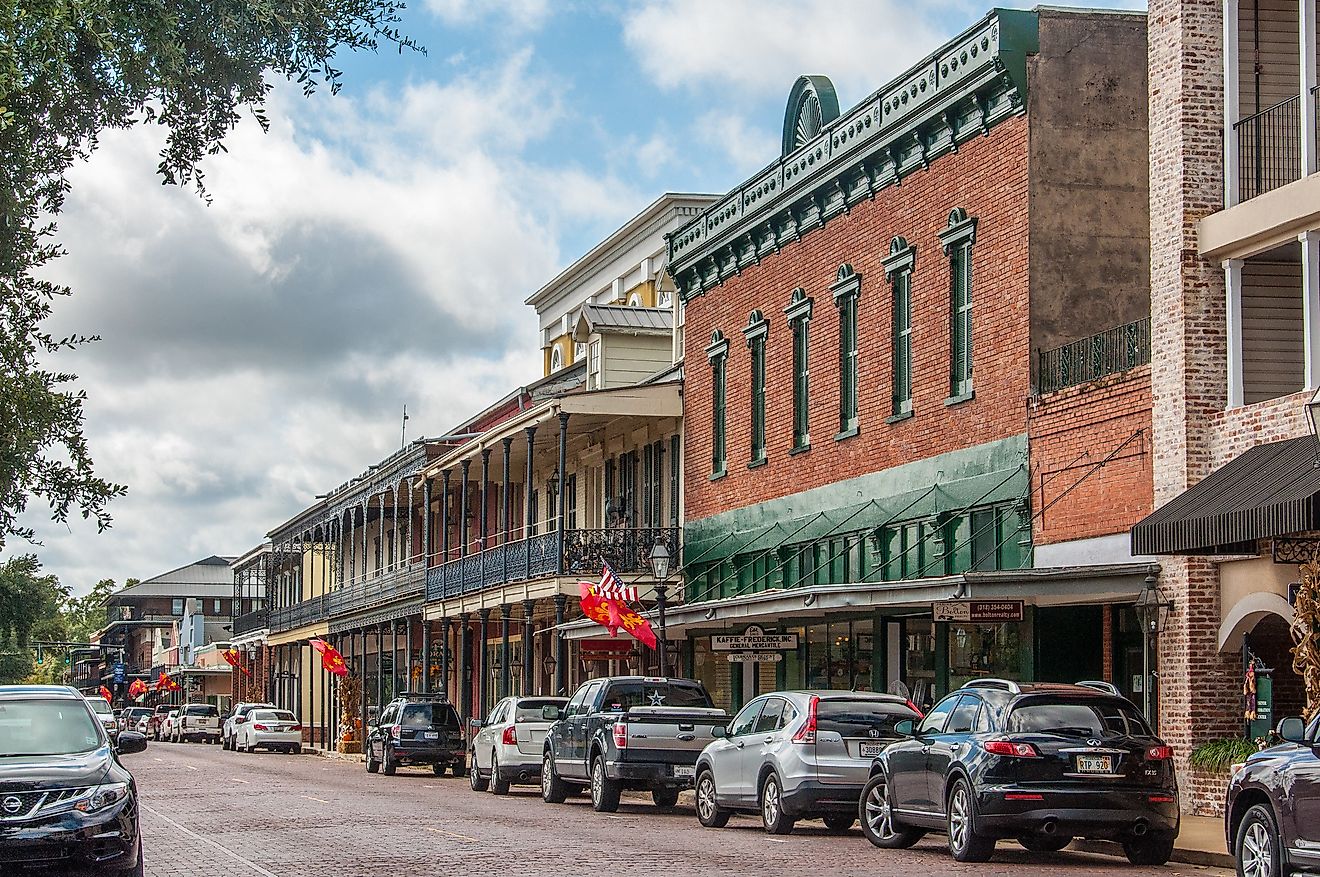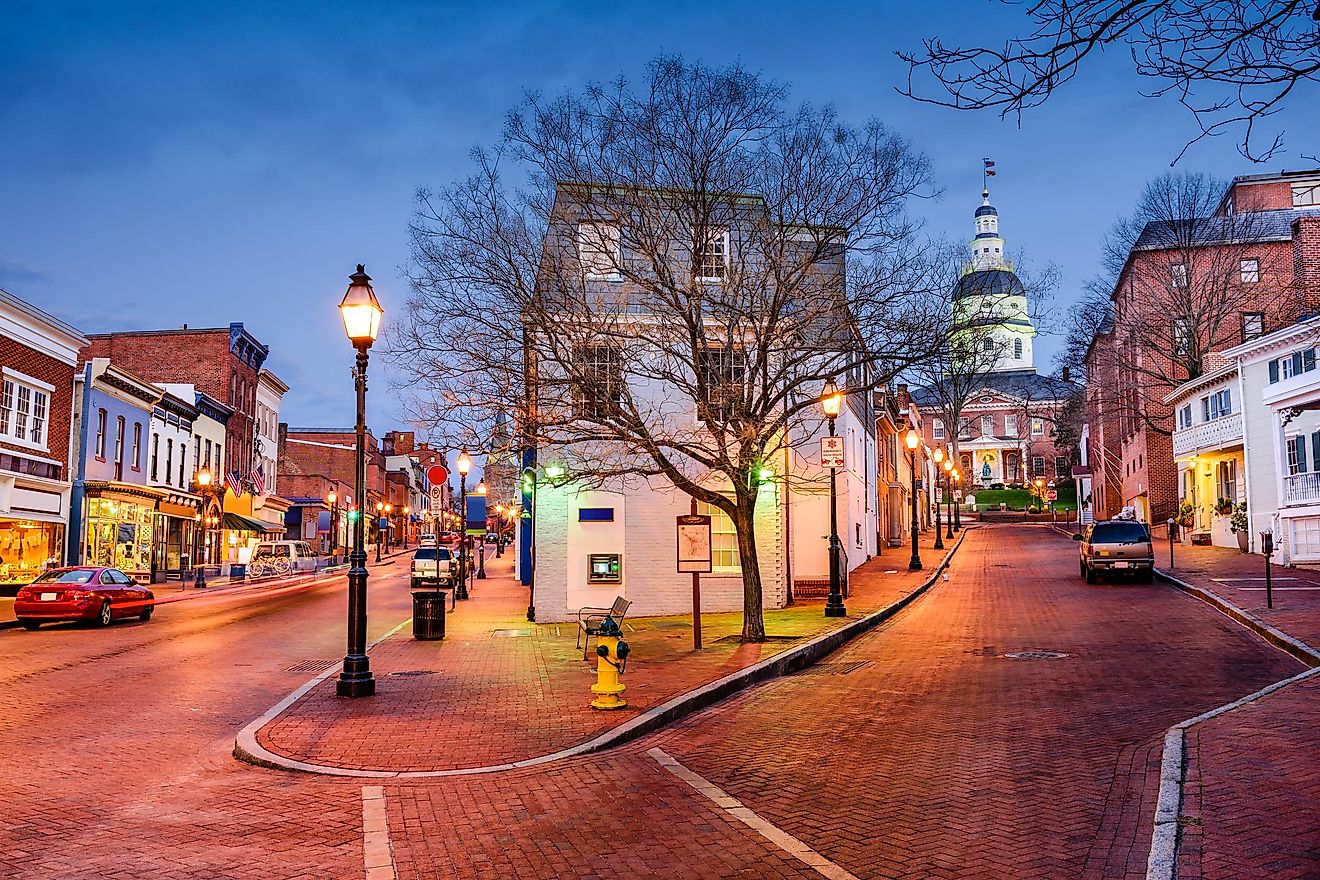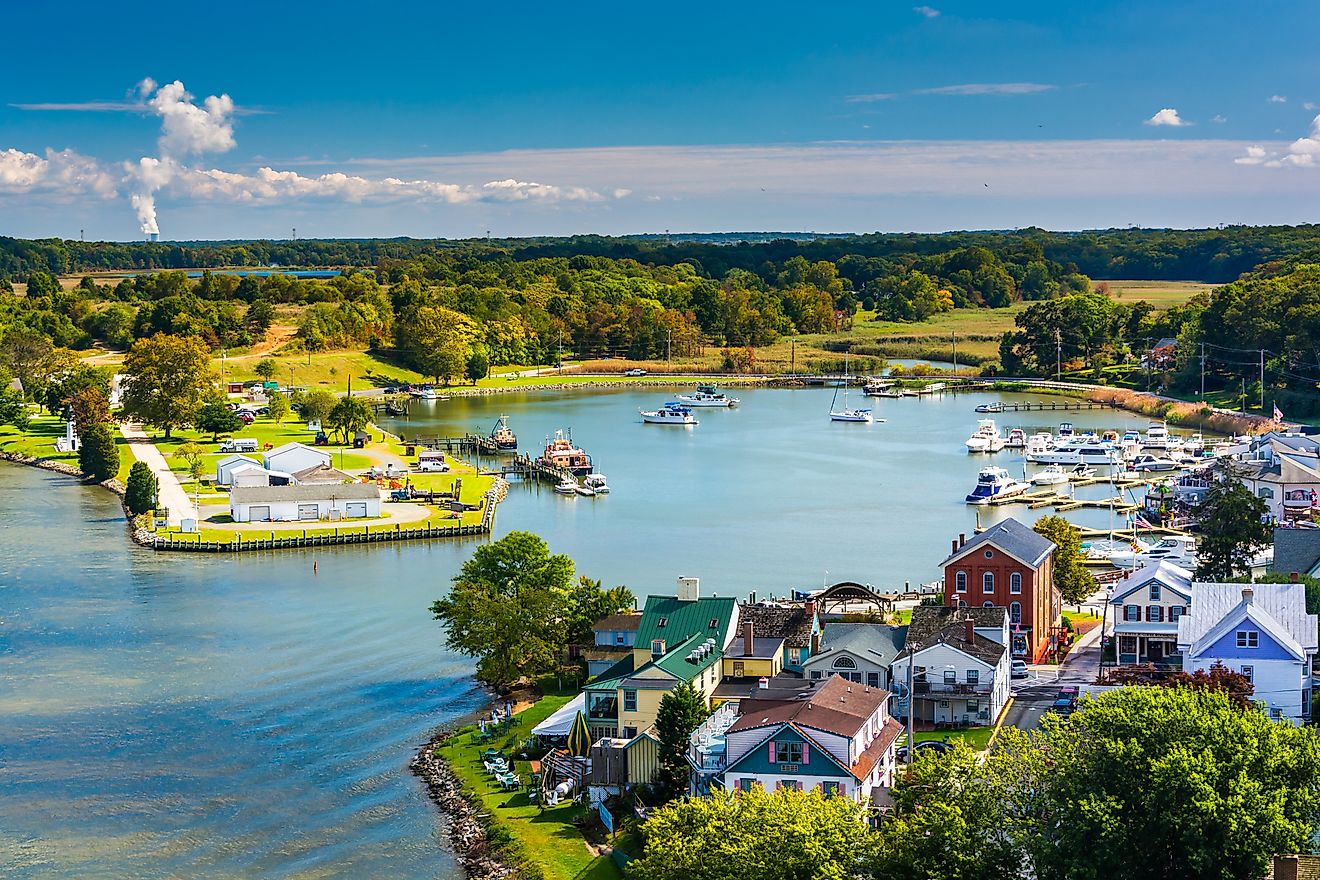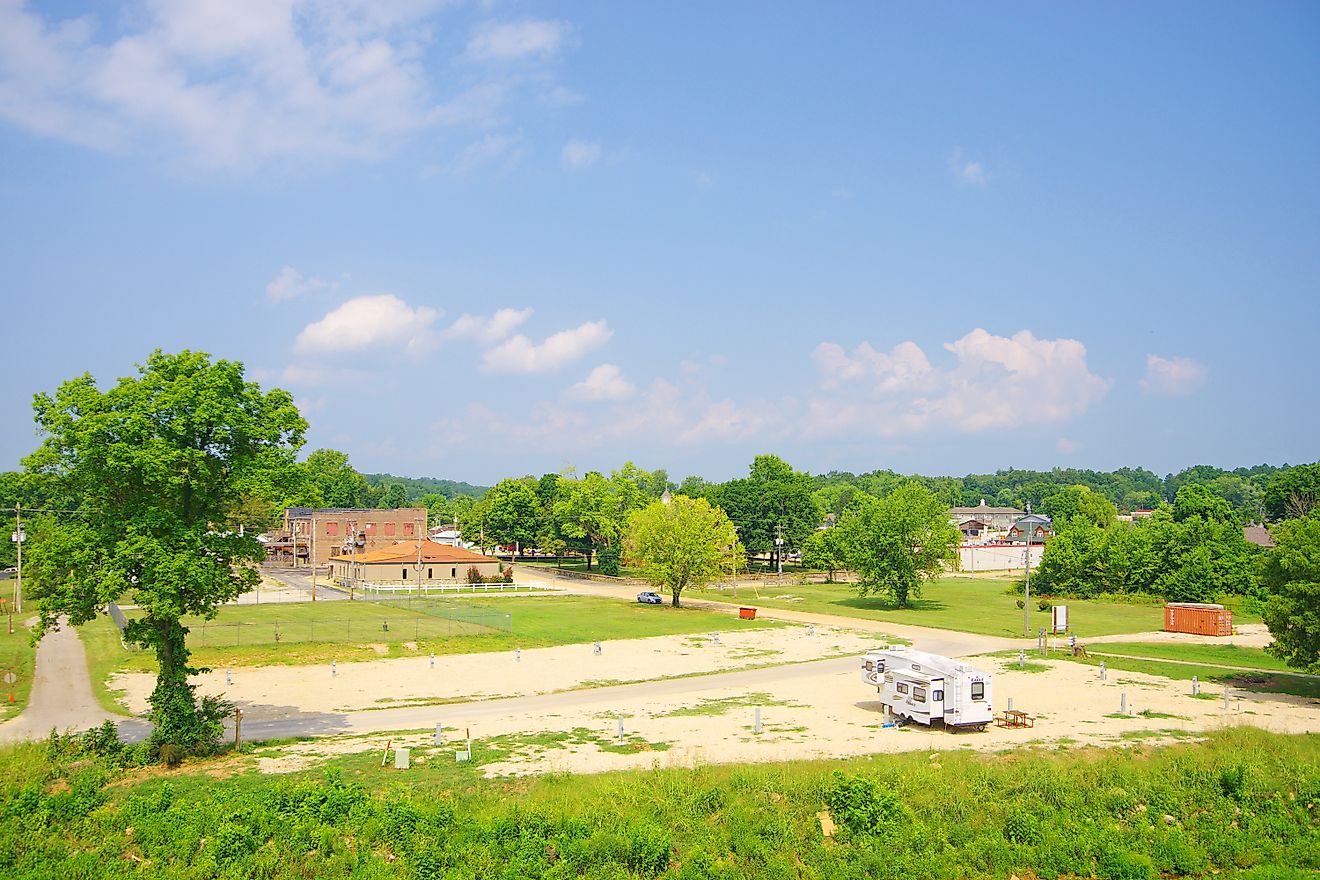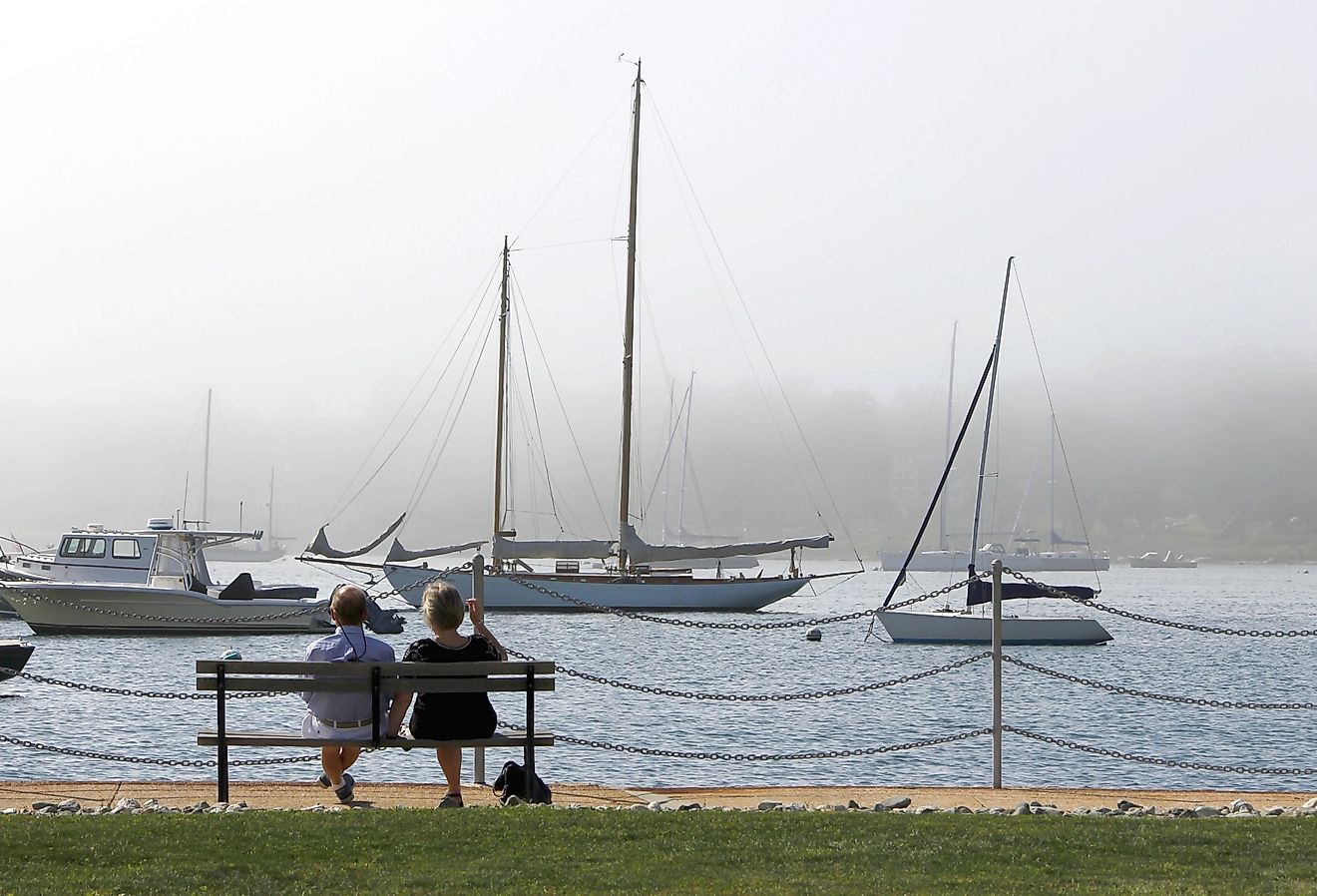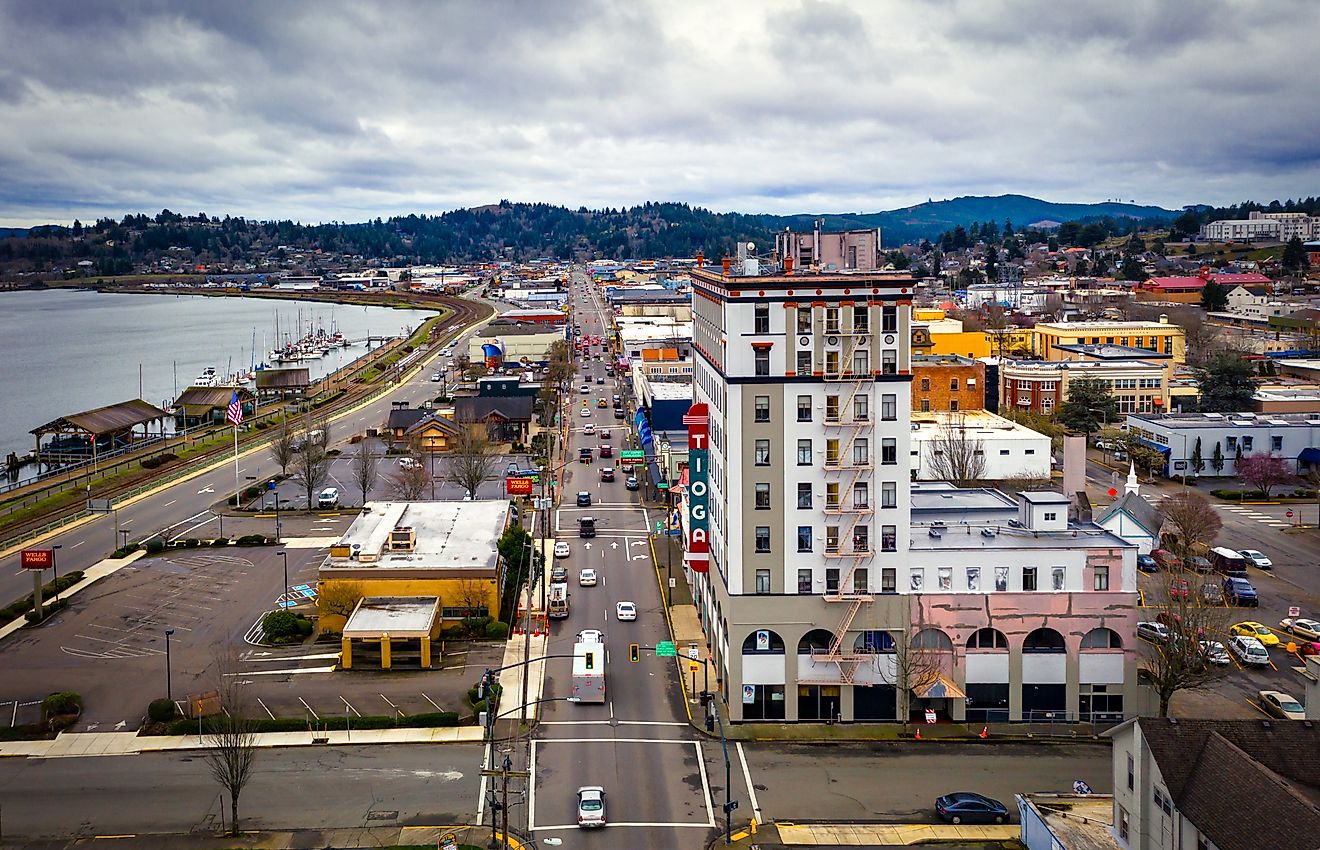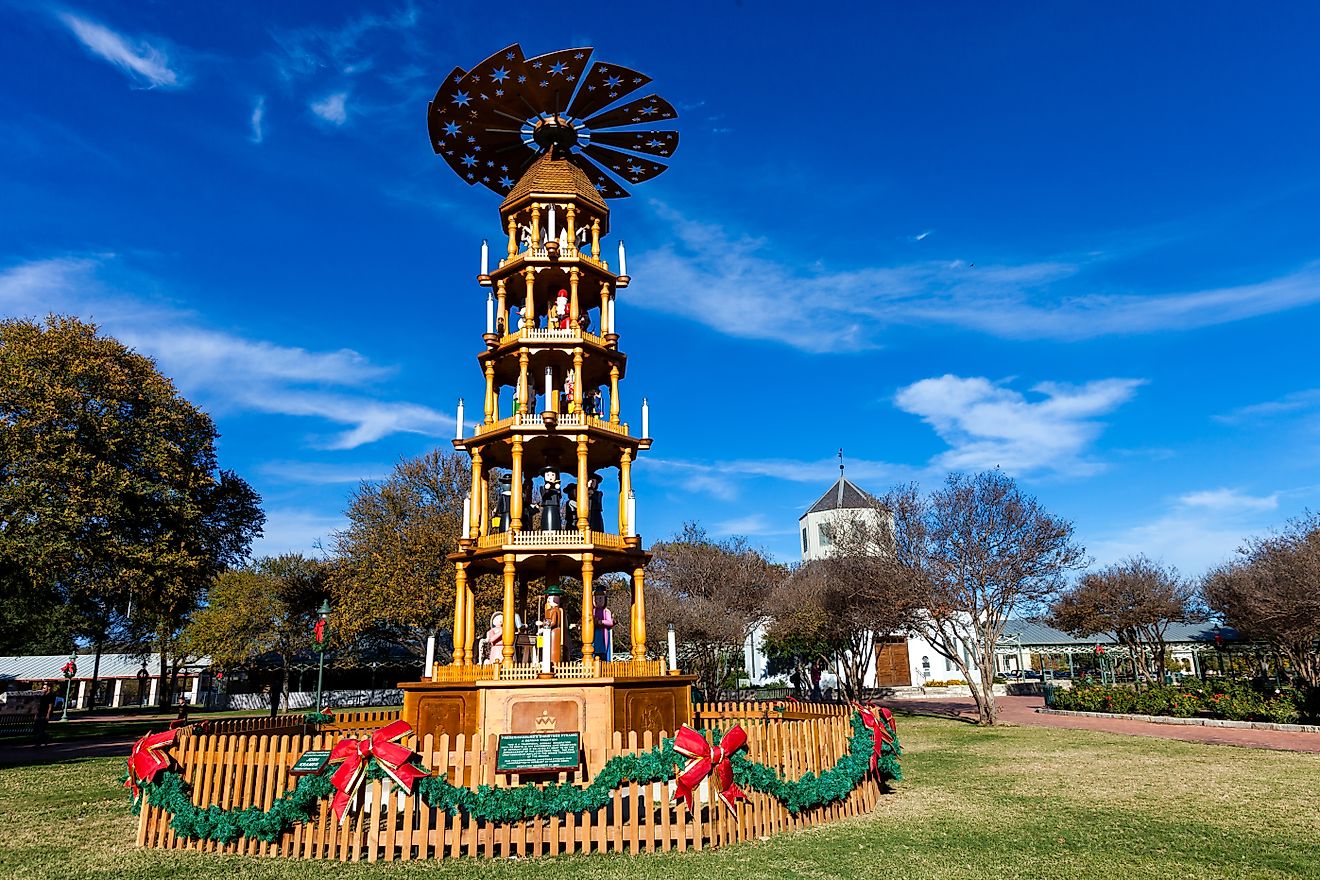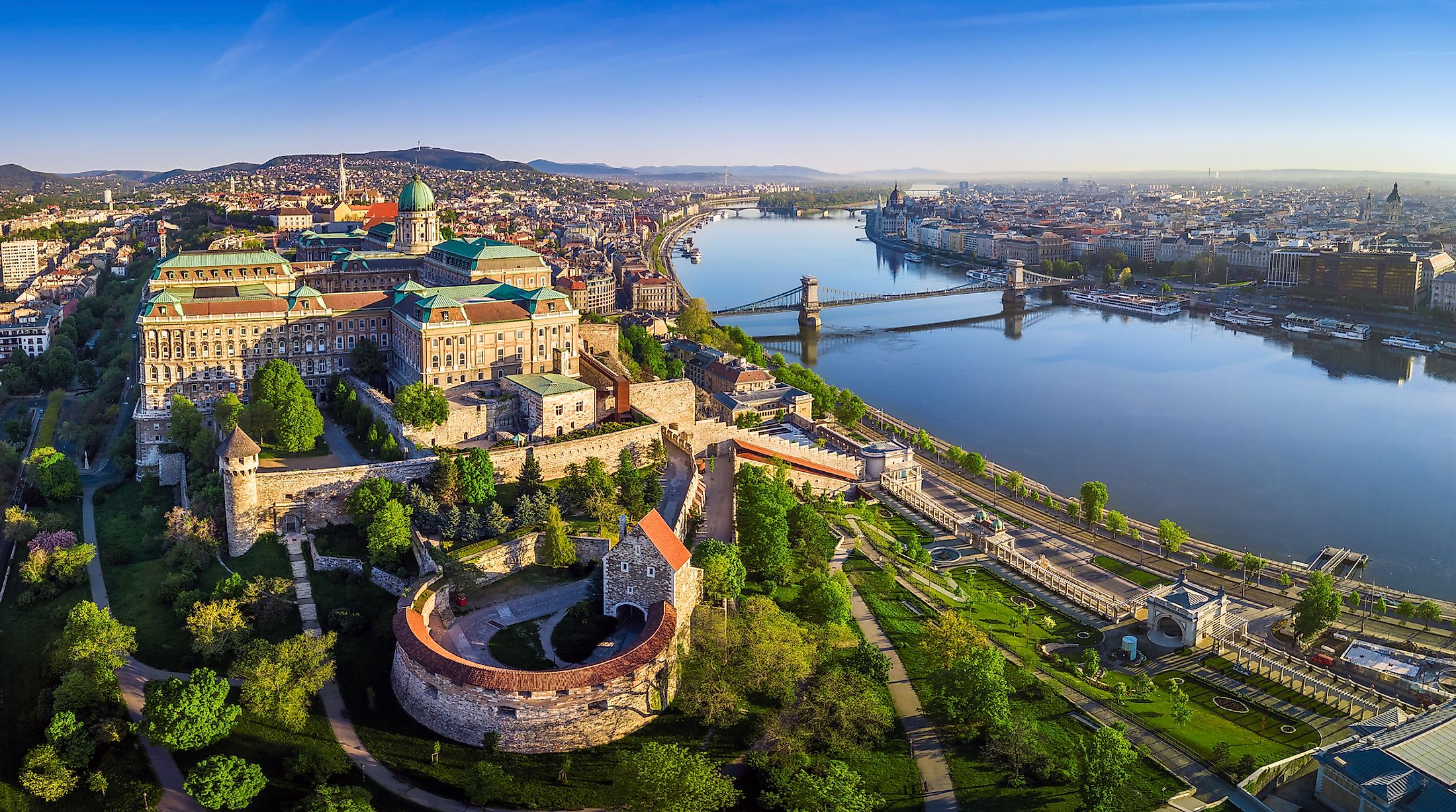
Budapest
Budapest is the capital of Hungary, a small, landlocked country in Central Europe. It is made up of two historic parts, Buda and Pest, which were once separate cities. In the 19th century, however, the two cities were merged, creating the city now known as Budapest. The city became the capital of Hungary after being the seat of power for several kingdoms, including the Roman province of Pannonia, the Kingdom of Hungary, and the Austro-Hungarian Empire. The hills of Buda provided a good defensive position and the city’s position along the Danube River was also highly-coveted, which is why the city gained the nickname, “Queen of the Danube”.
Geography and Demographics
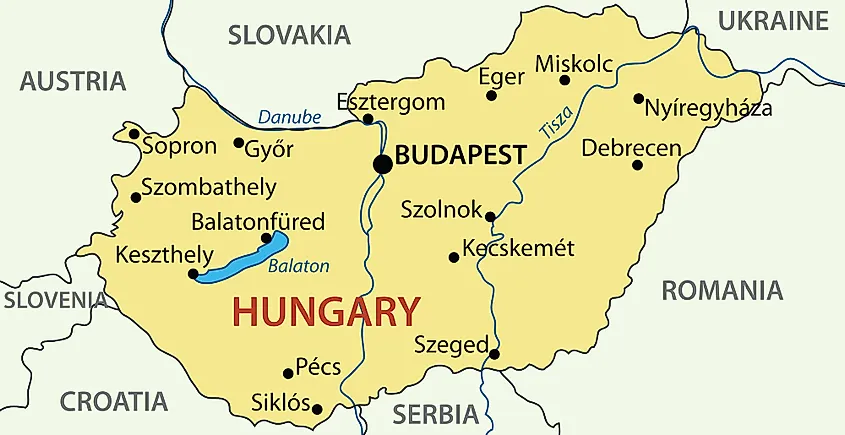
The name “Budapest” is the result of combining the names of two originally separate cities, Buda and Pest, though the origins of both these names is unclear. Some attribute the name “Buda” to the new settlement built by the Magyars around the Buda Castle following the Mongol invasion, which was known as Újbuda (New Buda). The Magyars called the original settlement in the area, known in Roman times as Aquincum, Óbuda (Old Buda). Others believe that Buda was the name of the brother of Attila the Hun, who invaded Hungary in the 5th century. There is also a third theory that the name “Buda” has Celtic and Slavic origins, and may come from the word “voda”, which means water.
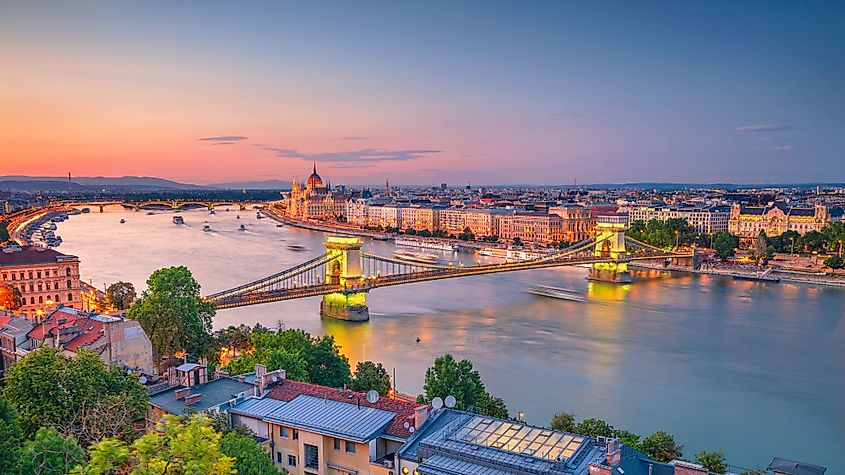
The origins of the name “Pest” are also hard to pin down. In the 2nd century, the famous scientist, Ptolemy, called the Roman settlement in the area “Pession”, which is similar to Pest. The more accepted theory, however, is that the name refers to Gellert Hill, which is one of the named hills in Budapest. This hill was once called Pest Hill, with “pest” being the Slavic term for cave or rocky cavity.
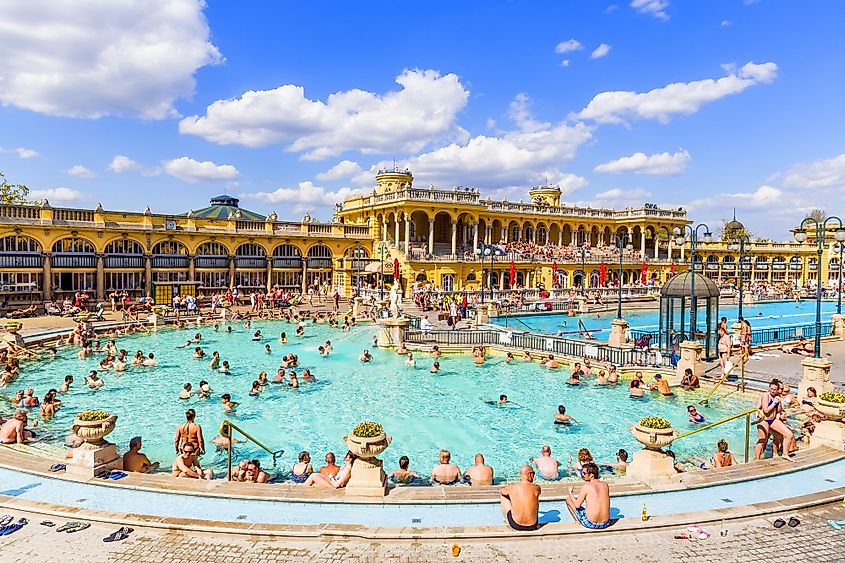
Budapest is located in northern Hungary. The city has a total land area of 525 sq. km. Buda is situated on the west bank of the Danube River, while Pest is on the east bank. The terrain on which Budapest sits is generally flat, though Buda does contain hills, the notable ones being the Castle Hill and the Gellert Hill. Situated in the western part of the city is Janos Hill - which rises to an elevation of 528m is the highest point in Budapest.
Budapest has two very unique geological features. The first is the many thermal springs throughout the city. There are 125 springs in all, and some of the waters from these springs have medicinal properties because of their mineral contents. Budapest’s second unique feature is its cave system, which was formed by the thermal waters. The most extensive cave sits right under Castle Hill. For centuries, these caves were used as refuges during wars and invasions. Budapest is also home to three islands: Csepel Island, Margaret Island, and Szentendre Island.
The Hungarian capital is home to approximately 1.77 million people. This number, however, is significantly less than what was in 1980, when Budapest’s population was more than 2 million. In fact, between 1981 and 2011 the city’s population was in decline. The vast majority of people in Budapest, about 84%, are Magyars, which is what ethnic Hungarians call themselves. Other significant population groups include Roma, Germans, Slovaks, Romanians, and Croats. Nearly half of Budapest’s population is Roman Catholic. The next largest religious group is the Reformed Church of Hungary. Other religious groups in the city include Lutherans, Greek Catholics, Jews, and other Christian denominations. About one fifth of Budapest’s population considers themselves atheists.
Economy
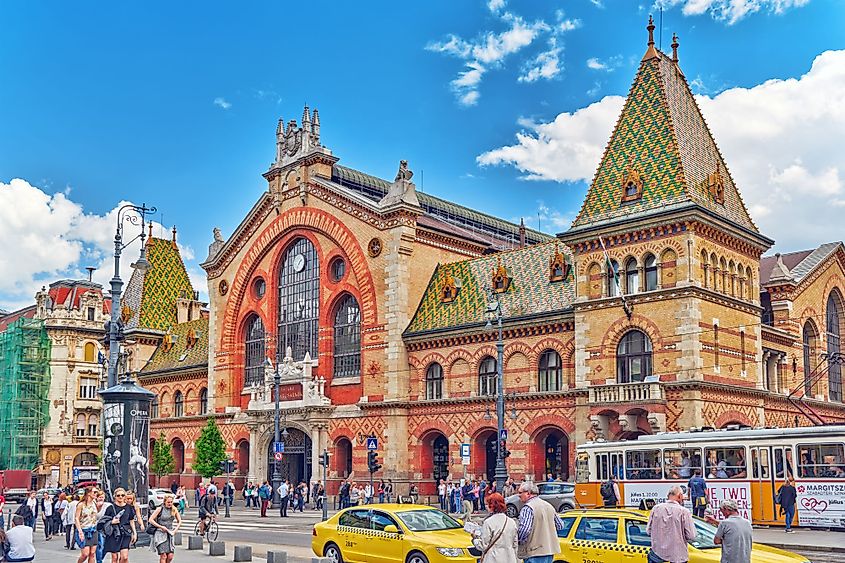
Hungary was once a communist country, thus most of its economy, including that of Budapest, was based on central planning. Today, however, most of the economy in Hungary’s capital is driven by the private sector. Historically, Budapest was a major port due to its location on the Danube. In fact, today, the city is still a major transit hub. All of Europe’s major roads and rail networks go through Budapest.
The city has been the industrial heartland of Hungary since the late 19th century. Its main industries were food processing, manufacturing agricultural equipment, and automobile manufacturing. Now, however, Budapest’s main industries are metalworking, engineering, railroad equipment manufacturing, bus manufacturing, river craft manufacturing, finance, and tourism. Other notable industries include textiles, electronics, food processing, and chemicals.
History
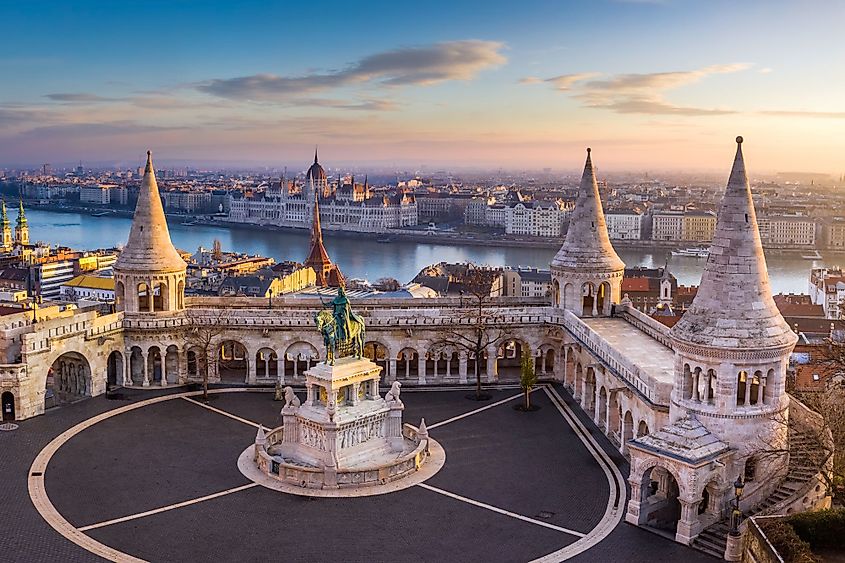
Budapest’s history dates back to the 1st century BCE, when the Celts built the first settlement there. It was conquered by the Romans in the 1st century CE, and eventually became a city of 20,000 people. The Romans left the area in the 5th century CE. Afterwards, Attila the Hun invaded the area. The Huns left after Attila died, and were succeeded by several other ancient people. The Magyars did not arrive until late in the 9th century.
Around the year 896, Magyars led by the Arpad clan settled in the area that now constitutes part of Budapest. Just a few years later, Hungary’s first King Stephen I, created a feudal state and introduced Christianity. By the 13th century, the Magyars named the settlement Óbuda, that was previously settled by the Celts and the Romans. At this point, two other nearby towns were established on both sides of the Danube River. These would eventually become the towns of Buda and Pest.
The years 1241-1242 witnessed the invasion of Hungary by the Mongols, during which time the towns built on both banks of the Danube in present-day Budapest were destroyed. Following the Mongol invasion, Hungarian King Bela IV ordered the towns to be rebuilt. The town on the west bank of the Danube River was to be called Buda, which was located opposite the old settlement of Óbuda. The king also ordered the construction of a royal palace on the hills of Buda, though Buda would not become the capital of Hungary until 1361. During the Renaissance, Buda became a hub of culture and learning. For example, its Bibliotheca Corviniana, was the second biggest library in all of Europe, surpassed only by that of the Vatican.
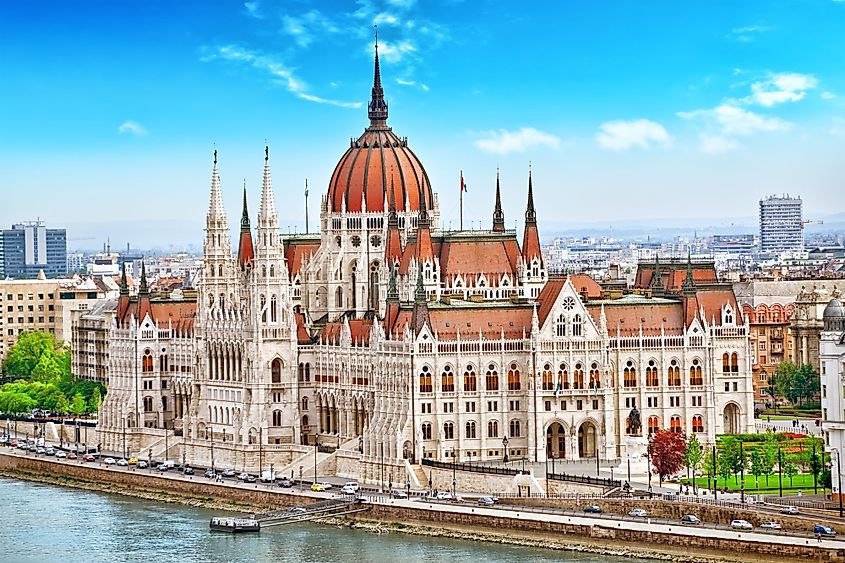
In 1541, the Ottoman Turks conquered Hungary and ruled it for more than 140 years. The Hapsburgs’ Leopold I conquered Buda from the Ottomans in 1686. Hungary was then made the property of the Hapsburg Dynasty. In 1848, a series of nationalist uprisings occurred throughout Europe and Hungary was no exception. The uprising in Hungary began in present-day Budapest, though it was defeated in about a year. The year 1867 saw the birth of the Austro-Hungarian Empire. Budapest was made the twin capital of the empire, along with Vienna. It was not until November 17, 1873, however, that the cities of Buda and Pest were formally merged together with Óbuda to become the new metropolis of Budapest.
At the end of World War I (1914-1918), the Austro-Hungarian Empire was broken up. Hungary was one of the new nation-states created out of the empire’s former territory. Thus, Budapest became the Hungarian capital. In 1944, when Europe was in the grips of World War II, the Nazis occupied Hungary. From this point until the liberation of Hungary in 1945, between 20% and 40% of Budapest’s Jewish population, which numbered around 250,000, were slaughtered by the Nazis and their Hungarian collaborators.
Shortly after WWII, Hungary became a communist country. In 1956, Soviet tanks entered Budapest to crush the anti-communist Hungarian Revolution. Hungary would remain communist until 1989, when the country adopted multiparty democracy. Following the transition from communist rule to democracy and capitalism, Budapest once again became one of Europe’s most vibrant cities.
